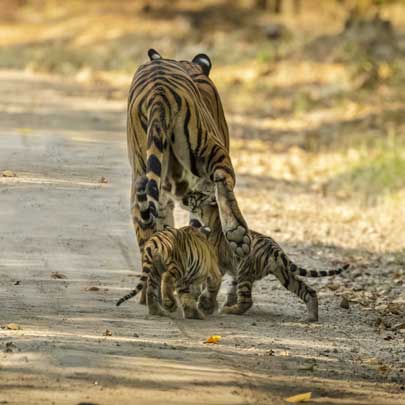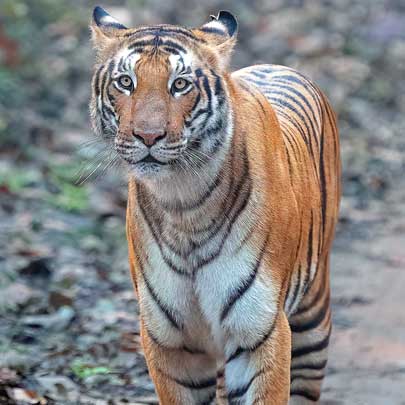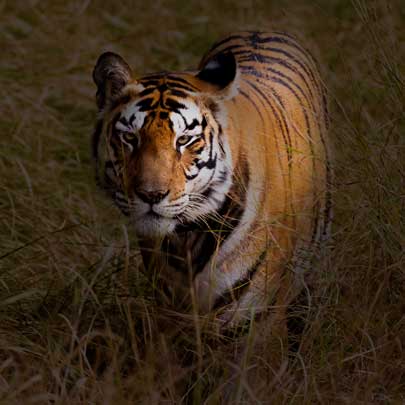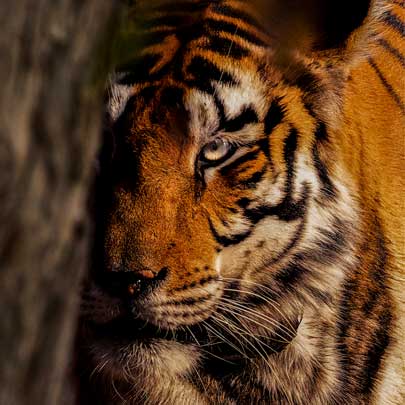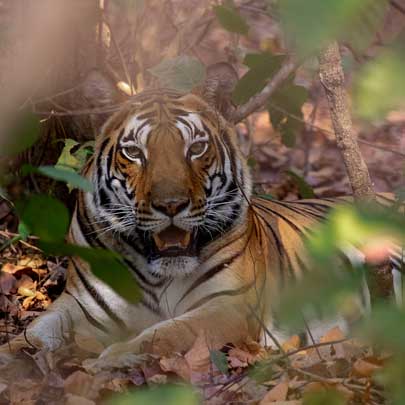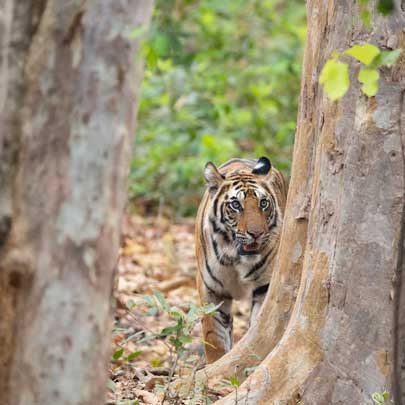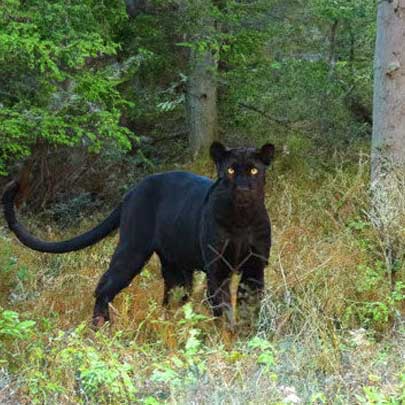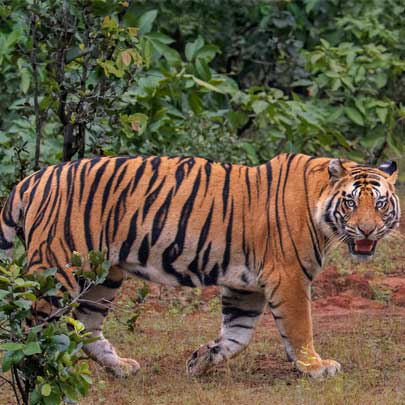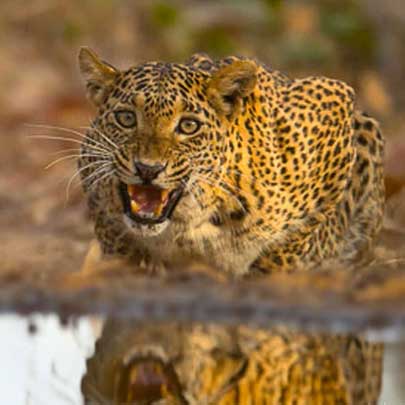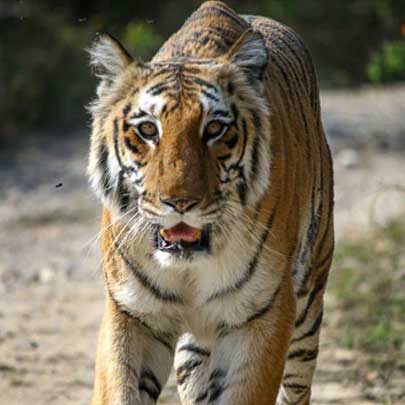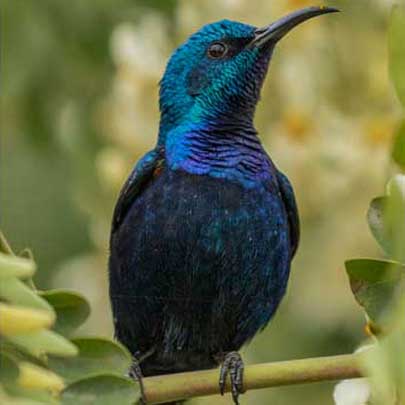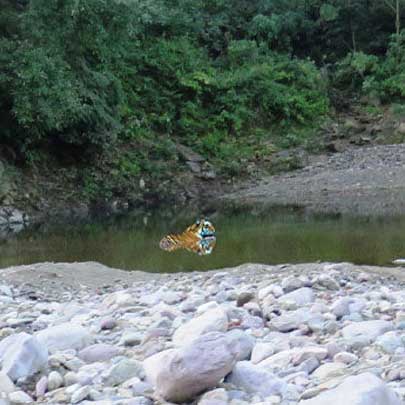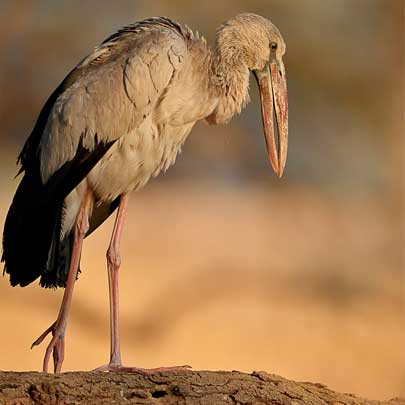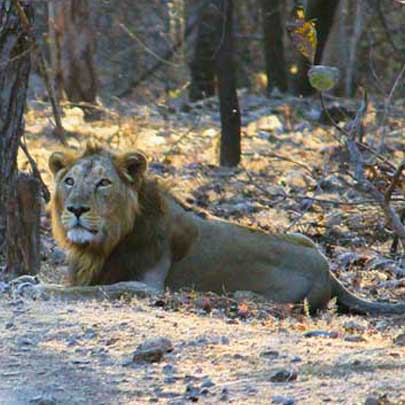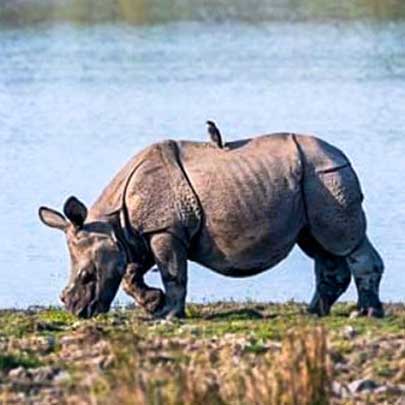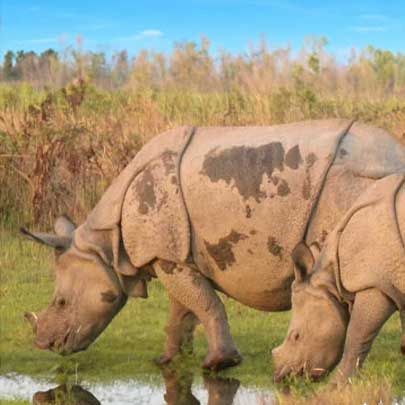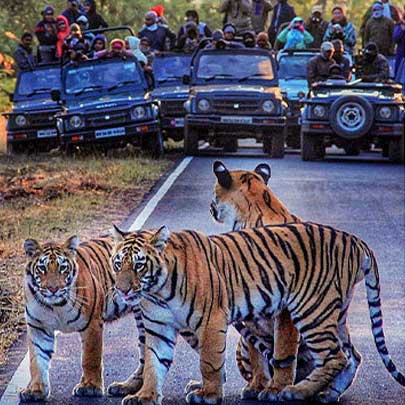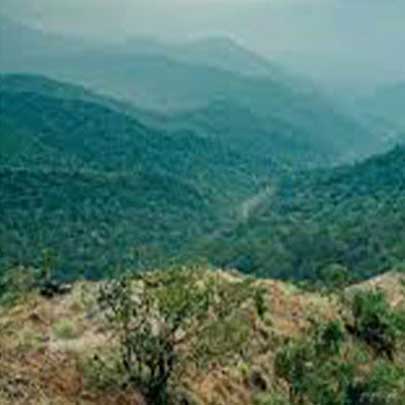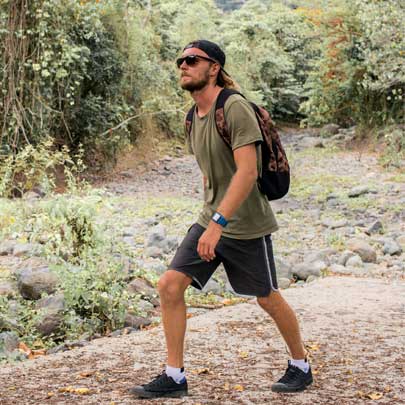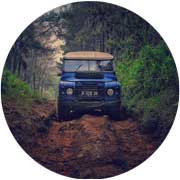Tracking Wildlife: How Naturalists Read the Jungle
Tracking Wildlife: How Naturalists Read
the Jungle
The heart of the jungle holds secrets that only a trained eye can see. Tracking wildlife is an ancient skill—now honed by modern naturalists—to understand, conserve, and protect endangered species. From broken twigs to pugmarks in the mud, every sign tells a story. In this blog, we’ll explore how wildlife trackers decode the jungle, why it’s crucial for wildlife conservation, and how organizations like Wildlense Eco Foundation are leading the way in preserving nature.
What Is Wildlife Tracking?

Wildlife tracking refers to the practice of following animals in their natural habitat using visual signs like footprints (also known as pugmarks), scat (droppings), scratch marks, feathers, fur, sounds, and even scent. It’s not about chasing animals—it's about understanding their movements, behaviors, and ecosystems without disturbing them.
This skill helps wildlife researchers, forest rangers, and conservationists monitor animal populations, understand migration patterns, and detect poaching activities.
Why Tracking Wildlife Matters
Tracking is an essential component of wildlife conservation. Here’s why:
1. Biodiversity Monitoring
Naturalists track animals to collect data on species distribution and abundance. This helps conservation organizations make data-driven decisions to protect endangered species.
2. Anti-Poaching Measures
Signs of illegal human activity—like traps or tire tracks—can be detected through the same techniques used for tracking wildlife. Rapid intervention based on these signs helps prevent poaching.
3. Human-Wildlife Conflict Prevention
By predicting animal movements near human settlements, authorities can take preventive action to reduce human-wildlife conflict, especially with large mammals like elephants, tigers, and leopards.
4. Habitat Health Assessment
Wildlife presence (or absence) is an indicator of forest health. Tracking tells us which species are thriving and which are in decline due to habitat loss, climate change, or other threats.
How Naturalists Read the Jungle

Trained naturalists use a combination of intuition, field knowledge, and scientific methods. Here's how they do it:
1. Reading Animal Tracks (Pugmarks)
Animal footprints provide vital clues about the species, size, age, and even the direction of movement. For instance:
-
Tiger pugmarks are round with visible toe pads and a large heel pad.
-
Leopard tracks are similar but smaller and more compact.
-
Elephant footprints are circular and can measure over 45 cm in diameter.
Naturalists examine stride length, depth, and location to estimate whether the animal was walking, running, or resting.
2. Scat and Droppings
Animal feces reveal what the animal has eaten, its health, and its species. Carnivore scat contains bones and fur, while herbivore droppings like those of deer are pellet-shaped.
This non-invasive method allows researchers to collect DNA samples for genetic analysis.
3. Scratch Marks and Scent Marking
Tigers and leopards mark trees with scratches to claim territory. Elephants rub trees and leave behind broken branches. These subtle signs, when interpreted correctly, tell who passed by and when.
4. Listening to the Jungle
Bird calls, alarm cries, and sudden silences are nature’s way of communicating. For example, langurs and deer often make loud warning calls when a predator is near. Experienced trackers use these cues to pinpoint predator locations.
5. Using Technology in Tracking
While traditional tracking relies on signs and senses, modern tools enhance accuracy:
-
Camera traps capture images of elusive animals.
-
GPS collars are used to monitor migration.
-
Drone surveillance helps scan vast forest areas.
-
Acoustic sensors detect rare bird or bat calls.
Naturalists combine tech with field expertise to form a complete picture of wildlife activity.
Wildlife Tracking in India’s National Parks
India is home to rich biodiversity and iconic species like the Bengal tiger, Asiatic elephant, Indian leopard, and sloth bear. Tracking is especially important in protected areas like:
-
Jim Corbett National Park
-
Kanha Tiger Reserve
-
Ranthambore National Park
-
Bandhavgarh National Park
-
Pench Tiger Reserve
Trained naturalists and local forest guides play a key role in tiger tracking and wildlife safari experiences that are both educational and ethical.
Role of Wildlense Eco Foundation in Wildlife Conservation

Wildlense Eco Foundation, a leading Indian non-profit organization, is committed to wildlife education, sustainable ecotourism, and biodiversity research. Their initiatives bridge the gap between communities and conservation by:
1. Training Local Naturalists
Wildlense trains local youth to become skilled wildlife trackers and eco-guides. This empowers communities while preserving traditional knowledge of the forest.
2. Eco-friendly Wildlife Safaris
They promote responsible wildlife tourism that respects animal habitats and supports conservation. Their safaris emphasize ethical photography, silence in core zones, and zero-waste travel.
3. Conservation Research
Wildlense collaborates with researchers to monitor animal behavior, track rare species, and develop AI-assisted camera trap technology. Their data contributes to national and global conservation databases.
4. Community Awareness Programs
From school workshops to village eco-clubs, Wildlense fosters love for nature and conservation ethics among the next generation.
Getting Involved: Learn the Art of Wildlife Tracking
Interested in learning wildlife tracking? Many organizations, including Wildlense Eco Foundation, offer:
-
Wildlife tracking workshops
-
Nature interpretation courses
-
Volunteer programs in national parks
-
Citizen science projects
These programs blend fieldwork with classroom training and are perfect for students, nature enthusiasts, photographers, and eco-travelers.
Final Thoughts
Tracking wildlife isn’t just about spotting animals—it’s about understanding the jungle as a living, breathing system. Every rustle in the bushes, every broken twig, every set of prints in the mud tells a story that contributes to conservation.
Organizations like Wildlense Eco Foundation are doing exceptional work in bringing this ancient skill to the forefront of modern ecological education. Whether you’re a casual wildlife lover or a budding conservationist, reading the jungle is a profound way to connect with nature.
FAQs
Q1: Can beginners learn wildlife tracking?
Yes! With guidance from trained naturalists and programs like those by Wildlense Eco Foundation, anyone can begin to understand the basics of tracking.
Q2: Is tracking dangerous?
Not if done under expert supervision. Professional trackers prioritize safety and follow ethical practices to avoid disturbing wildlife.
Q3: What animals can be tracked in Indian jungles?
From tigers, elephants, and leopards to jackals, sloth bears, deer, and birds—India’s forests offer a wide variety of species to track.
Q4: Where can I join a tracking expedition?
You can join guided tracking expeditions or eco-tours in reserves like Kanha, Pench, Bandhavgarh, or through Wildlense Eco Foundation programs.
Ready to explore the wild with purpose?
Join a tracking trail, learn the language of the jungle, and contribute to a sustainable future—one footprint at a time.
For more information on eco-tours and conservation efforts, visit Wildlense Eco Foundation’s official website or follow them on social media.

























